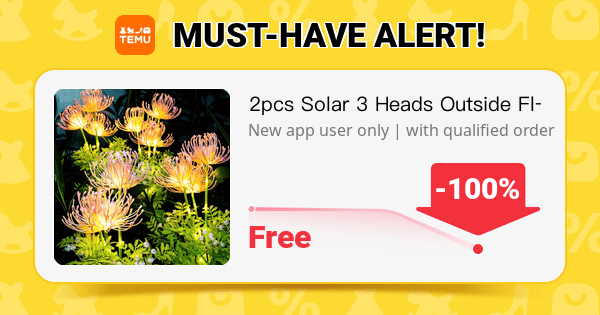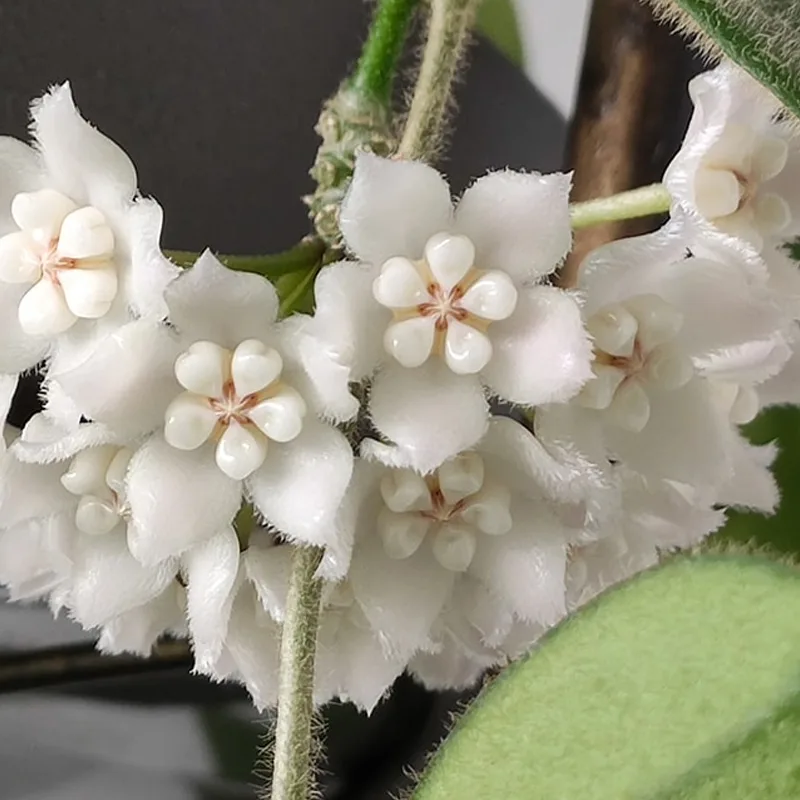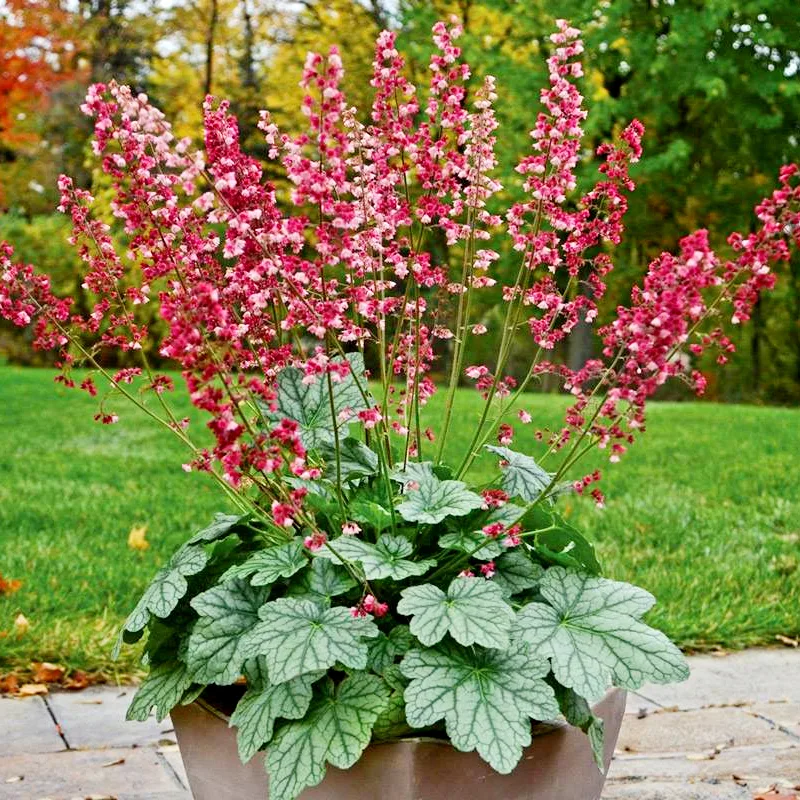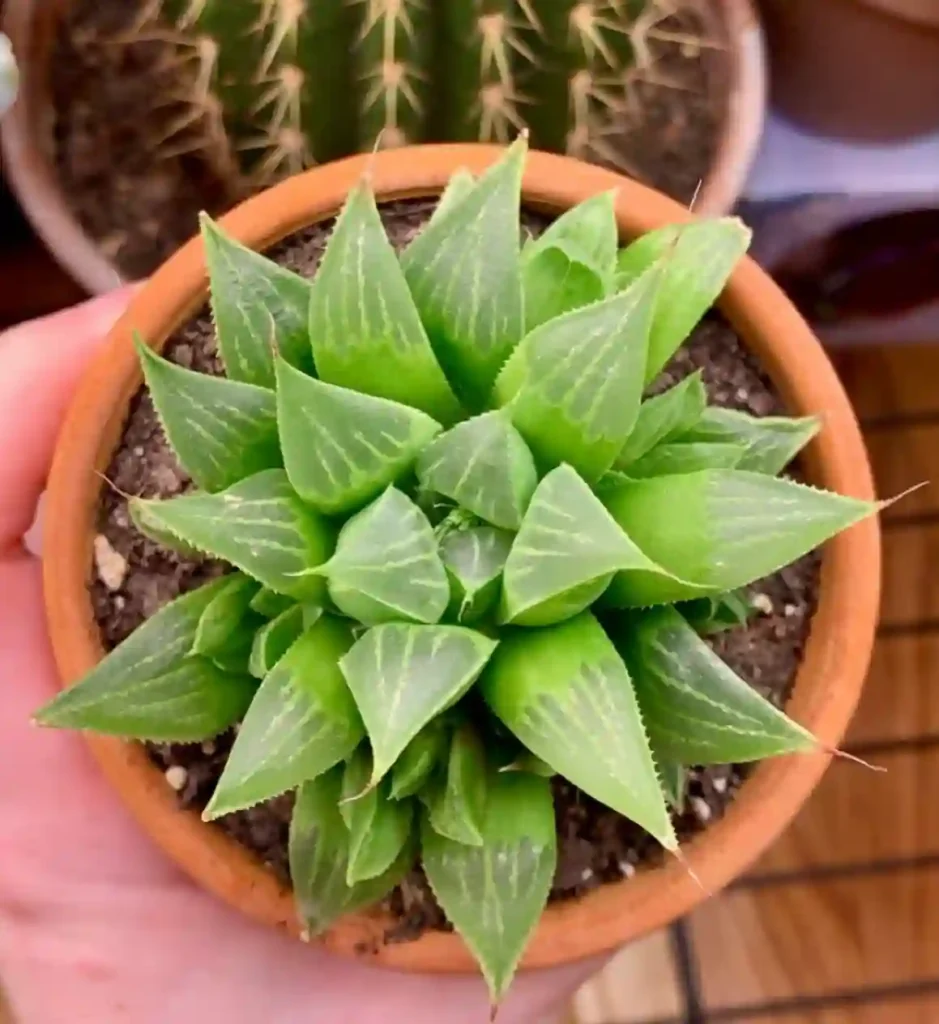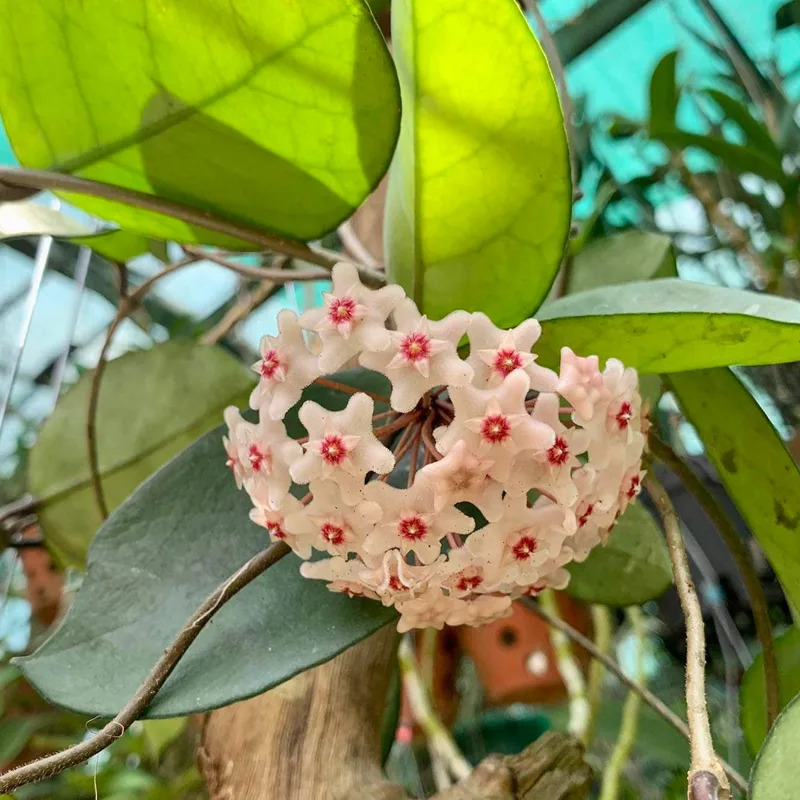The Allure of the Madagascar Staghorn Fern: A Platycerium Madagascariense FAQ
Greetings, plant enthusiasts! I’m Ferb Vu, and today we delve into the fascinating world of the Platycerium Madagascariense, also known as the Madagascar Staghorn Fern. This epiphytic wonder has captured the hearts of collectors with its unique form and specific needs.
Whether you’re a seasoned fern fanatic or a curious newcomer, this FAQ will equip you with the knowledge to cultivate this captivating plant successfully.
What is Platycerium Madagascariense?
The Platycerium Madagascariense is a small to medium-sized epiphytic fern, meaning it grows on other plants in its natural habitat – the rainforests of eastern and northern Madagascar. Unlike terrestrial ferns, it doesn’t require soil. Instead, it gets its nutrients and moisture from the air and organic matter trapped in its unique root system.
This fern boasts two distinct frond types:
- Shield fronds: These sterile fronds form a basal rosette, clinging to the host plant or mount. Their corrugated texture resembles a shield, hence the common name “Staghorn Fern.”
- Fertile fronds: These upright, strap-like fronds produce spores for reproduction. They can grow quite long, adding a touch of elegance to the plant.
Is Platycerium Madagascariense difficult to grow?
The Platycerium Madagascariense has a reputation for being somewhat challenging. It thrives in a specific environment – warm, humid, and with bright, indirect light. However, with proper care and attention, it can flourish indoors.
Here’s what you need to consider:
- Humidity: This fern craves high humidity, ideally above 50%. Regular misting, a pebble tray filled with water, or a humidifier can help create the desired environment.
- Temperature: Aim for consistent warmth between 65°F and 80°F (18°C and 27°C). Avoid sudden temperature fluctuations.
- Light: Provide bright, indirect light. South-facing windows are ideal in the Northern Hemisphere, while North-facing ones work best in the Southern Hemisphere. Avoid harsh, direct sunlight.
- Watering: Unlike some ferns, Platycerium Madagascariense prefers its shield fronds to dry slightly between waterings. Soak the entire plant, including the root system, for 15-30 minutes, then allow it to drain completely before returning it to its mount.
How does Platycerium Madagascariense compare to other Staghorn Ferns?
There are many Staghorn Fern varieties, each with its own quirks. Here’s a quick comparison with two popular choices:
- Platycerium Bifurcatum (Elkhorn Fern): This larger Staghorn Fern has more pronounced, elk-antler-like fertile fronds. It’s generally considered easier to care for than Platycerium Madagascariense, with a wider tolerance for humidity levels.
- Platycerium Ridleyi (Blue Staghorn Fern): This stunning fern boasts powder-blue fertile fronds. It has similar care requirements to Platycerium Madagascariense but can be even more sensitive to underwatering.
What are some special considerations for Platycerium Madagascariense?
- Mounting: This fern needs a sturdy mount to anchor itself. Popular options include cork bark, driftwood, or coconut husk. Secure the fern firmly with fishing line or wire until its roots establish themselves.
- Fertilization: A weak, balanced fertilizer applied monthly during the growing season can be beneficial. However, over-fertilization can damage the roots.
- Pests and diseases: Fortunately, Platycerium Madagascariense isn’t particularly prone to pests or diseases. However, watch for signs of mealybugs or scale, which can be treated with insecticidal soap. Fungal issues can arise from overwatering, so ensure proper drainage.
Where can I find Platycerium Madagascariense?
Due to its specific needs and slower growth rate, Platycerium Madagascariense can be more challenging to find at mainstream garden centers. However, you might have luck at specialized fern nurseries or online retailers.
Final Thoughts: The Reward of a Thriving Platycerium Madagascariense
The Platycerium Madagascariense may demand a bit more attention than your average houseplant. But for those willing to provide the right environment, this fern offers a unique and captivating addition to your indoor jungle. With its textured shield fronds and graceful fertile fronds, it’s sure to become a conversation starter. So, are you ready to embark on the rewarding journey of cultivating a Platycerium Madagascariense? Remember, patience and a keen eye are key. The satisfaction of witnessing new growth unfurl and the delicate spores emerge is a truly special experience for any plant enthusiast. With this newfound knowledge, you can confidently approach this fascinating fern and create a thriving specimen in your own home.
